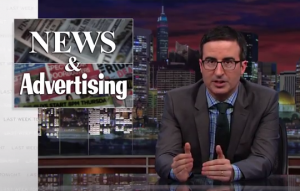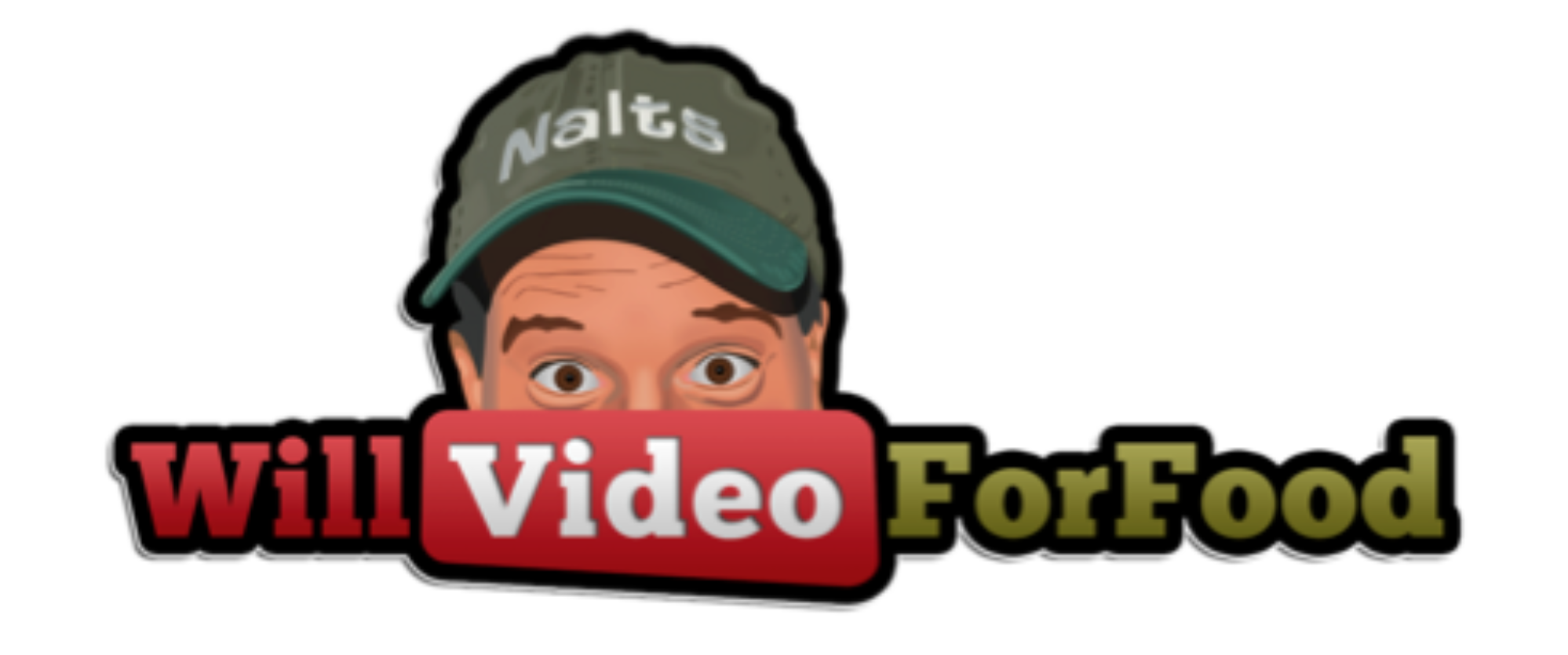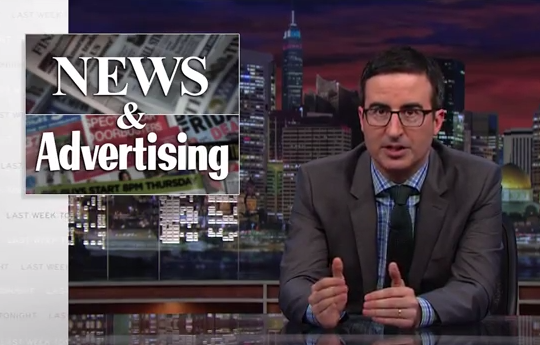How Native Advertising is Tricking You

I started my career as a journalist. Warren Rogers, my editor and a well-known Washington D.C reporter, created a literal wall between the Georgetown Courier’s editorial department and the advertising team… it was wooden and about 4 feet tall. He taught me the importance of not having editorial pander to the needs of advertising. No lofty reviews of restaurants that took full-page ads out in our newspaper.
Sure the newspaper folded in about 6 months. And sure I now work in advertising. I still have a pet peeve about “native advertising,” which is basically advertisements that masquerade as content. You’ve seen them:
- An apparent news story on a website that’s actually an ad for some diet product
- A section of a magazine that, on closer inspection, is actually “advertorial” content (sponsored)
- A tweet or Facebook post that’s paid content even though it’s designed to look like a post from a friend
We need to know when a commercial interest is impacting our news or entertainment. And it’s not often obvious. I don’t like search-engine results that are ads pretending to be organic. I don’t like product placement without credit/transparency. And I don’t like hitting a news website expecting to read an article, but it’s a poorly veiled attempt to pitch some crap.
Ads can do their job even when we know they’re ads. But news and entertainment cannot do their jobs when we have to worry about whether they’re ads or not.
So I took some pleasure in John Oliver (Last Week Tonight) absolutely ripping “native advertising” a second asshole. Enjoy…

